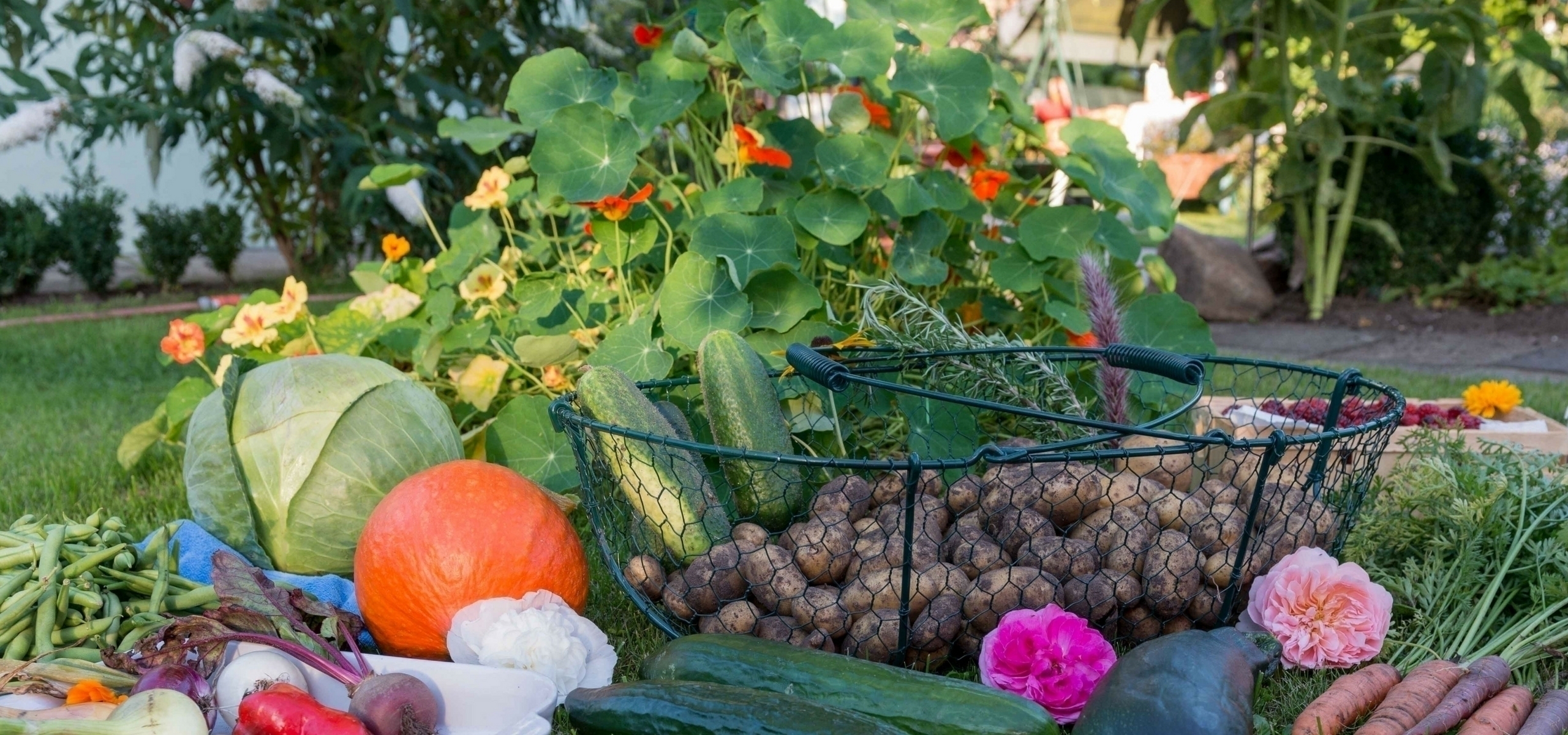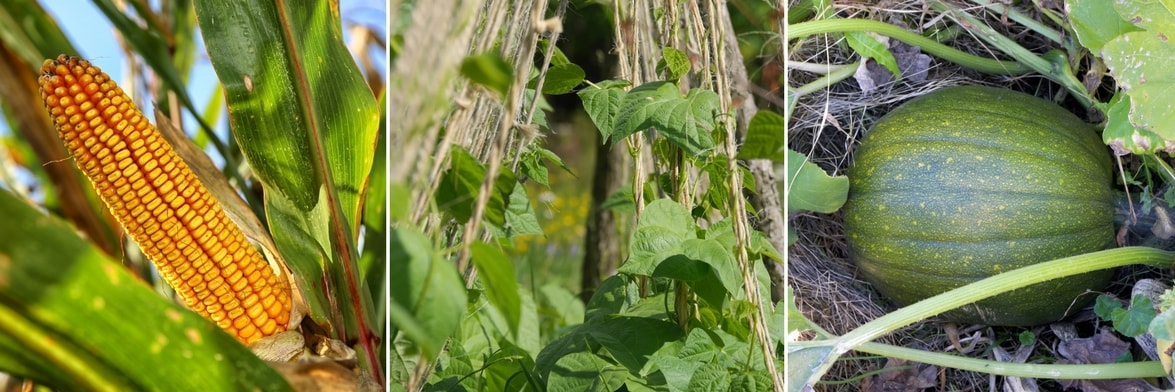
Companion planting in the vegetable garden
Why, how? Advantages and examples
Contents
In the vegetable garden, associating different plants (vegetables, flowers, and aromatic plants) together is a good practice that offers numerous benefits. Discover our tips on these companion plantings.
The benefits of companion planting
-
Saving Space in the Vegetable Garden
By combining vegetables that develop differently both above ground and in their roots, as well as pairing slow-growing plants with faster-growing ones, the available space is optimised to the maximum.
-
Limiting the Appearance of Adventive Plants or “Weeds”
It is well known that nature abhors a vacuum! Combining vegetables together and occupying almost all available space helps to cover the ground, leaving less room for adventive plants.
-
Increasing Production and Yields
This phenomenon is explained by the optimisation of space (the yield per square metre is higher) but also by the fact that leguminous plants (peas, beans, broad beans…) have the unique ability to fix atmospheric nitrogen in the soil, making it available for their neighbours to benefit from.
-
Providing Plants with Protection, Often Reciprocal, Against Diseases and Pests.
By mixing vegetable plants from different botanical families, their concentration is reduced and, consequently, massive attacks or the rapid transmission of diseases specific to a family or species are limited. Some plants also have a particular scent or secrete a substance at their roots that confuses or repels pests. Finally, many plants offer interesting flowering for beneficial insects or distract pests (like nasturtium, on which aphids prefer to settle at the “expense” of vegetable crops).
A practice that cannot be improvised: recognised associations
Not all vegetables can necessarily be paired with each other. In most cases, companion planting is neutral, but sometimes it can be detrimental, occasionally to both parties (for example: garlic, beans or courgette and fennel).
Therefore, combining crops is not something to be improvised. Here are, as an example, some associated pairings whose benefits have been observed scientifically or by gardeners:
- radish and carrot (rapid growth of radish/slow growth of carrot),
- tomato and marigold (marigolds repel nematodes),
- leek, celeriac and carrot (combining different rooting levels while grouping two vegetables that benefit from being sheltered under a insect netting).
- corn, climbing beans and squash (corn plants serve as supports for the beans, which in turn provide nitrogen for the squash)

Corn, climbing bean and squash (Milpa): a pairing recognised for thousands of years
There are many examples of beneficial pairings in works dedicated to this topic, such as:
- “A Healthy Garden Through Companion Planting” – Gertrud Franck – Editions Imagine un Colibri
- “I Pair My Crops… and It Works” – Claude Aubert – Editions Terre Vivante
- “Leek Prefers Strawberries” – Hans Wagner – Editions Terre Vivante
Feel free to refer to them!
- Subscribe!
- Contents































